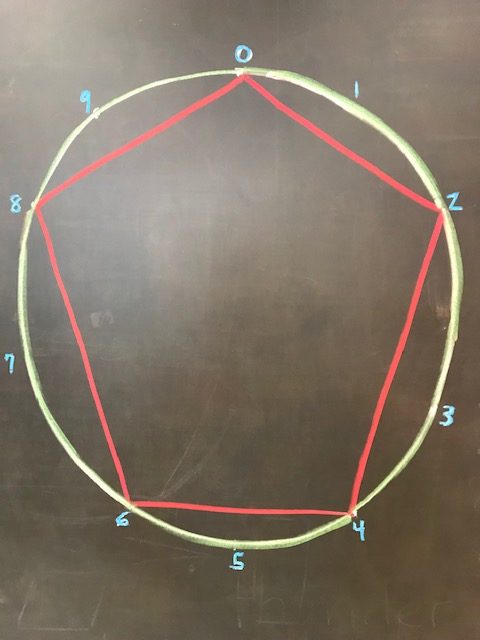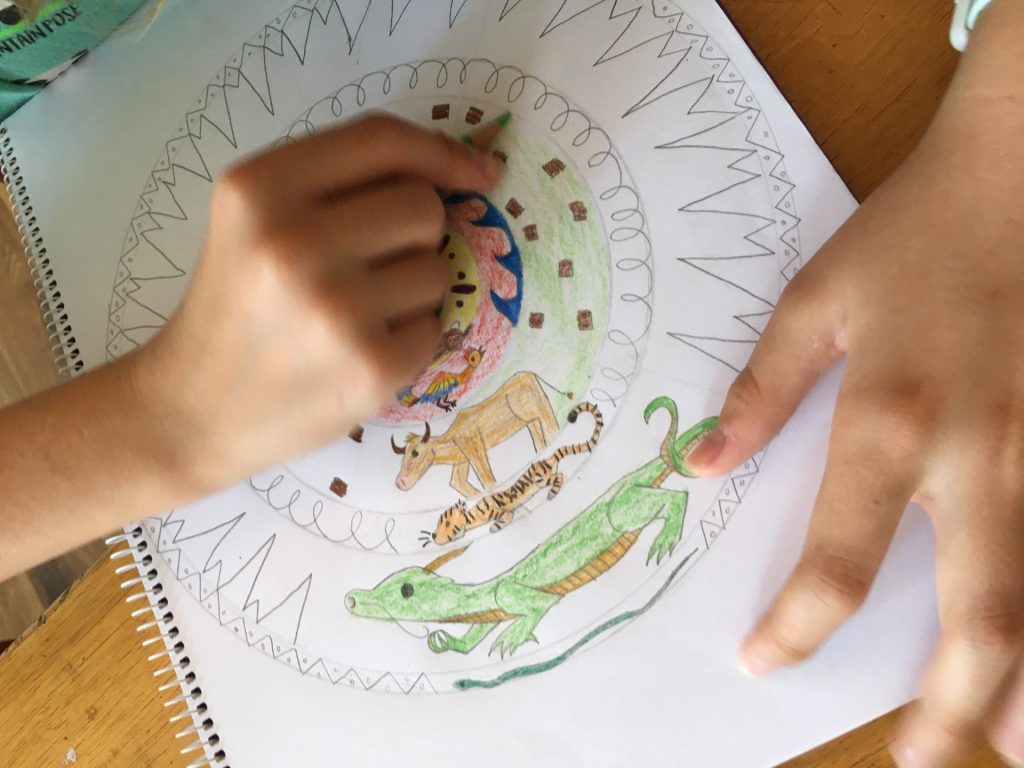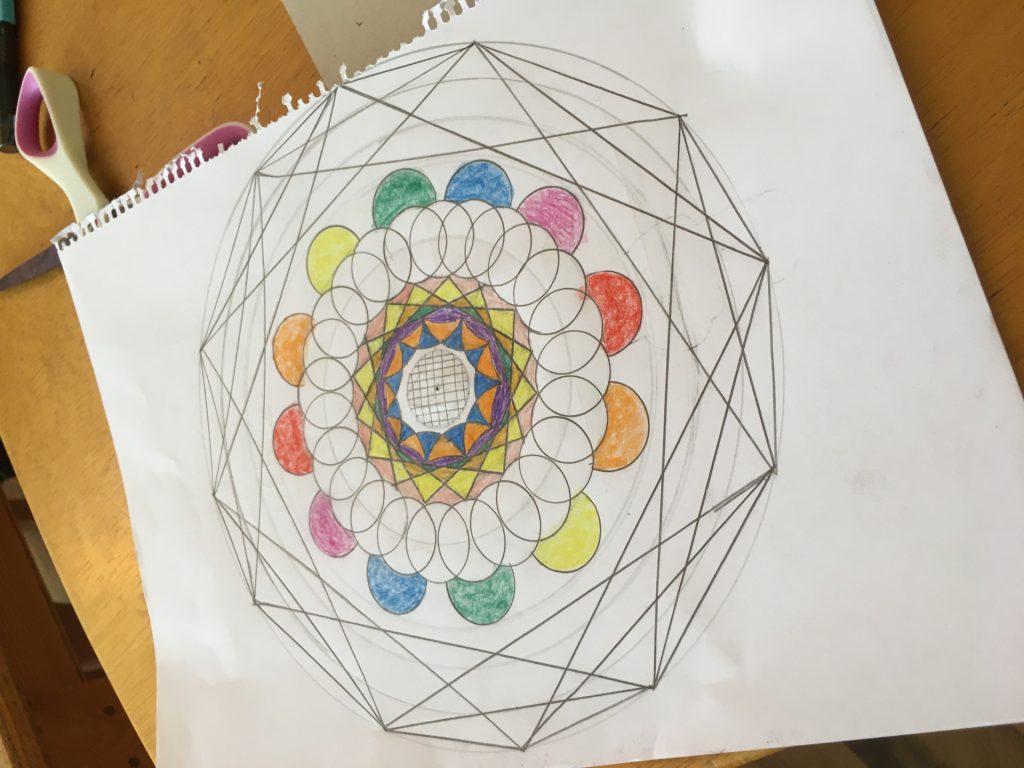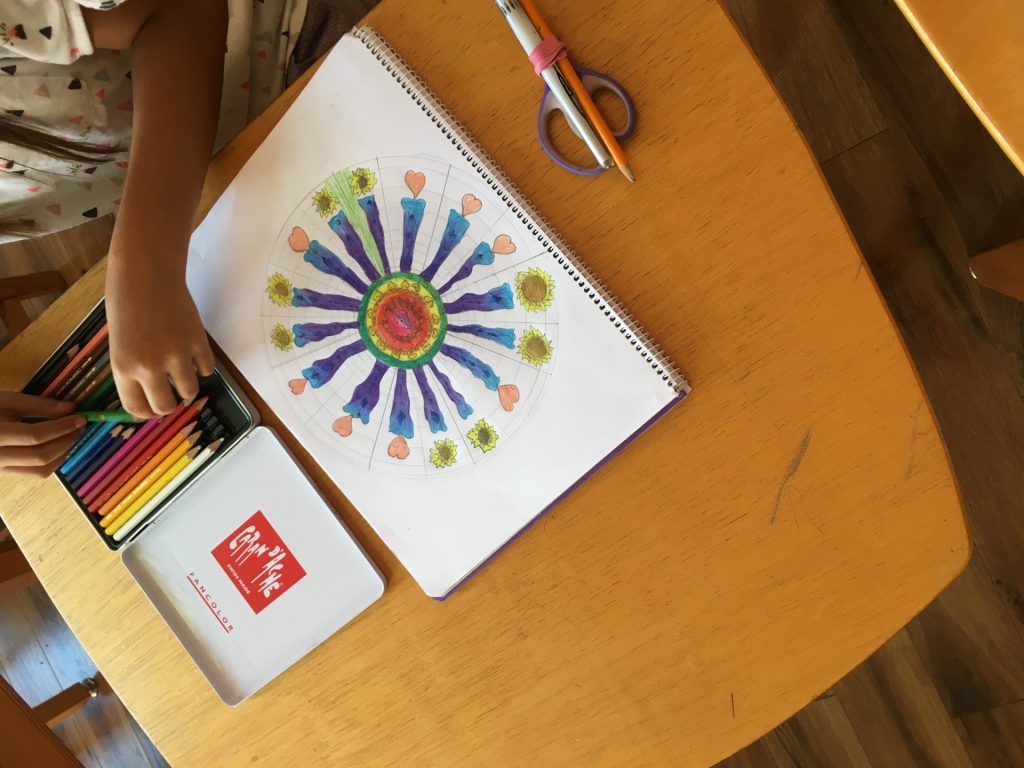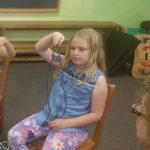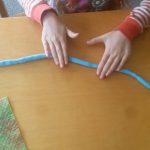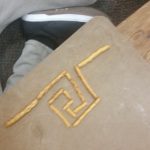In difficult times such as these it is not easy to feel the goodness in life. In an external crisis, our urge is often to listen and see the news and to share our feelings with other adults. As a consequence, it is easy for the children around us to be exposed to things that they cannot understand, to become fearful about situations they will never see and cannot change, even if we think that the media or adult conversations are not attended to by the children. Even pre-verbal children can sense the distress in our inner being.
But nothing brings stamina for life and daily well to our children more directly and strongly than surrounding them and immersing them into an atmosphere of goodness and joy. For us as adults, the message they seek from us is this :” I am happy to be alive, I am interested in the world around me and I want to find a place for myself within it.” Children are born with an openness to meet what their lives will bring.
For the child just beginning life, there is one single mantra that needs to guide those early steps and years: the world is good. No other belief will carry him forward through the tumbles and stumbles, through the mysteries of his encounters with confidence and eagerness. Without this overarching rainbow of trust in life around and above them, children shrink back into themselves, lose the shine in their eyes, forgo the impulse to experiment, to see things as the adults around them never have.
The world is good- and therefore I enter into it, explore it, wonder, stop and look, touch, encounter, meet what comes to me with interest and growing confidence.
FEAR paralyzes children – it reverses children’s natural gesture of trust, openness, and interest in the world. To develop in any way, children need to be able to enter easily into life around them. They need to feel welcome, and above all, safe.
There are times when circumstances beyond our control create uncertainty or worse for our families. At the same time, however, our children are just beginning their lives. We owe to them their birthright: the world is good and I am grateful and happy to be in it.It is a safe place for me to grow in. And later, much later, I will be able to take on its pain and burdens. But give me time, peace, and space in which to discover the goodness in life for myself. Protect me from the challenges of adulthood until I am ready.
How can we do this for them?
We can protect them from information that they can not comprehend or digest, and give them the strength building elements of rhythm, form in daily life, predictability, that reassure them of the goodness and security of each day. Young children are not able to interpret the large world and it’s sphere of difficulties. They cannot digest it and then it goes inside of them to then be expressed in ways of anxiety. nervousness, fear, withdrawal, sleepness nights, or aggressive behaviors.
How do we as adults find our own paths to believing in the goodness of the world?
Take a walk, find your way into nature, hold deep in memory the most recent good thing we have encountered. Begin and end your day with gratitude for the good in our lives – however challenging this may feel at moments. Find reminders like the wonder and miracles of the universe. Look up at the stars in heaven; find a poem and put it on your refrigerator; pick a small bouquet of wildflowers or recall a human relationship that has helped you along your way.
And see it, step by tiny step, you can rediscover, in difficult times, that the world is truly good!!
By the amazing Susan Weber of Sophia’s Hearth Family Center. Reposted with permission of Sophia’s Hearth. https://www.sophiashearthteachers.org/
